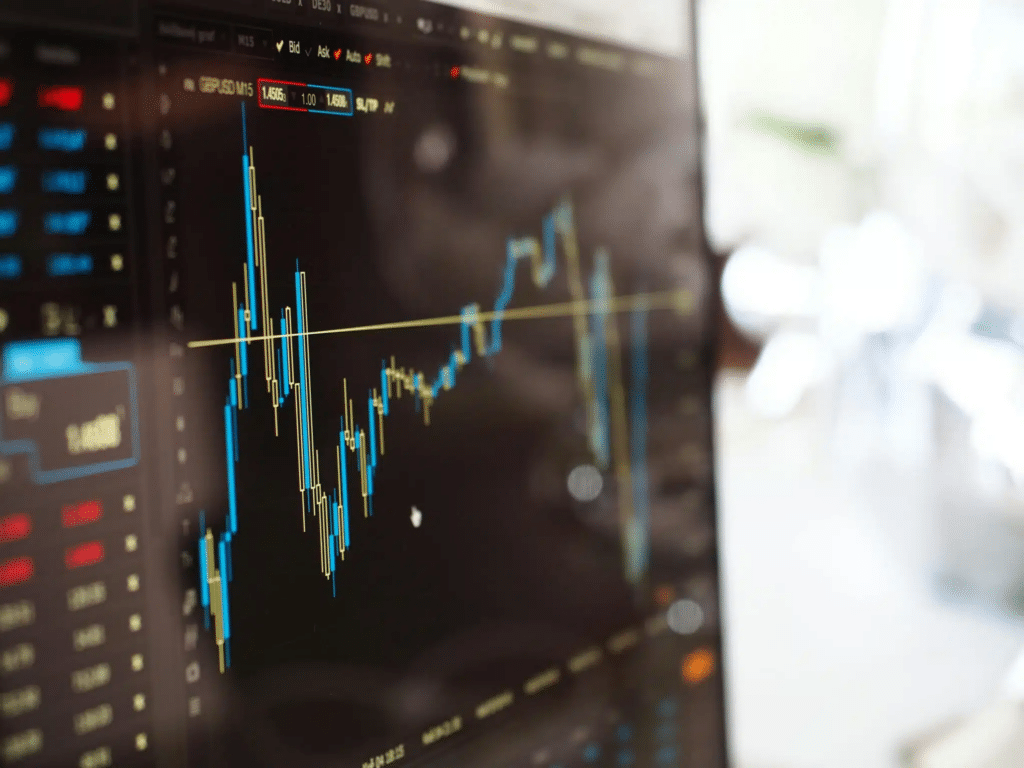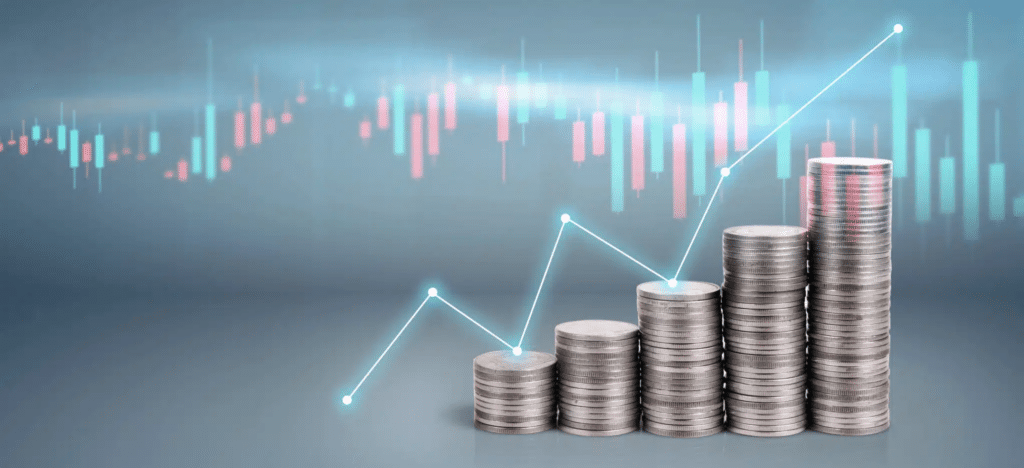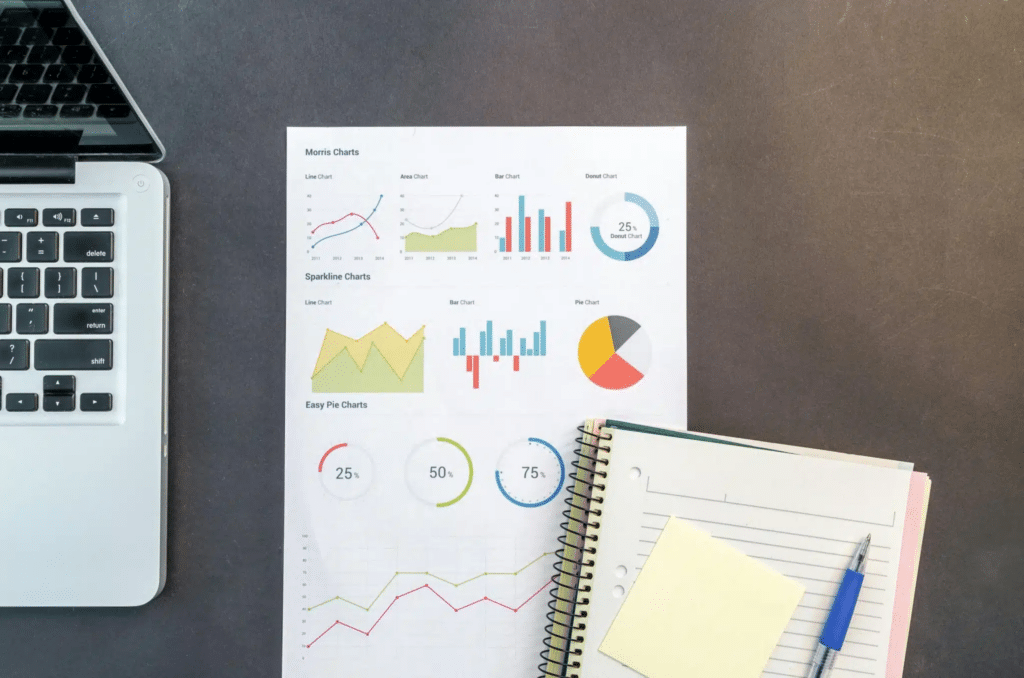Everything You Need to Know About Futures Trading

Over the past two decades, stock market investments have surged in popularity, allowing investors to profit significantly. As a result, even beginners are becoming interested in complex financial instruments like futures. In this article, we will explain what futures are, provide simple examples, and outline how and where they are traded.
What are futures
Futures are contracts between a buyer and a seller to purchase or sell an asset at a predetermined price and date. The two primary purposes of futures are hedging against currency risks and speculation.
Hedging involves managing financial risks and protecting funds from currency fluctuations.
Speculation refers to trading on exchanges where investors seek to profit from price differences between buying and selling.
Simple example of futures
Imagine you are ordering a custom-made dress for an event in two months. The tailor measures you and sets a price for the dress. You pay a deposit, knowing that in two months, your dress will be ready at the agreed price.
Over this period, fabric costs may rise or fall dramatically. However, since you have already made a deposit, you will still receive your dress at the predetermined price, regardless of market fluctuations.
Futures might seem straightforward, but they operate within a complex system. Let’s explore how they work in more detail.
History of futures

Futures date back to 1710 in Japan, where buyers and sellers agreed in advance on rice prices for post-harvest sales. These agreements were informal and subject to change.
The first official futures trading platform, the Chicago Board of Trade (CBOT), was established in the United States in 1848, primarily trading grain and livestock.
In 1877, the London Metals and Market Exchange became the first official futures exchange in the UK.
Underlying assets in futures contracts
While we used a dressmaking analogy earlier, there are no actual futures for clothing. Instead, futures contracts exist for various asset types:
- Index futures – based on stock indices.
- Stock futures – tied to specific stocks.
- Currency futures – tied to exchange rates.
- Commodity futures – based on goods like oil, grain, and cotton.
- Interest rate futures – linked to interest rate movements.
Margin Requirements for Futures Trading

Margin, or collateral, is the amount of money set aside in your account when opening a futures contract. Typically, margin requirements range from 5% to 40% of the total contract value. This is why futures trading is attractive—you don’t need to pay the full contract value upfront until the contract expires.
Each futures contract is governed by a specification, a set of rules determined by the exchange, which includes:
- Asset name – specifies the underlying asset and expiration date.
- Lot size – indicates the quantity of the underlying asset.
- Type of futures – either deliverable or cash-settled.
- Margin requirement – the deposit an investor must maintain.
- Trading period – specifies when the contract can be bought or sold.
- Expiration date – the date when contractual obligations must be met.
Types of futures

Today, futures trading occurs digitally, without physical exchange of goods. There are two main types of futures contracts:
Deliverable futures
In deliverable futures, both parties must fulfil their contractual obligations. The buyer agrees to purchase the asset, and the seller agrees to provide it. This type of contract is more common with financial assets such as stocks and bonds rather than physical commodities.
For example, if a futures contract covers 10 shares valued at UZS 200,000 ($16), and you hold it until expiration, you will receive 10 shares, and 200,000 UZS will be deducted from your account, regardless of the market price at that time.
Cash-settled futures
Cash-settled futures do not involve the actual delivery of the asset. Instead, only the price difference is settled between the parties. This type of contract is riskier but often more profitable.
For instance, if you enter a futures contract for shares valued at UZS 500,000 ($40), and by expiration, the share price has risen to UZS 550,000 ($44), you will receive the UZS 50,000 difference. However, if the price drops to UZS 450,000 ($36), the UZS 50,000 will be deducted from your account.
If your account lacks sufficient funds, your broker (the intermediary facilitating transactions) will cover the shortfall, but you will owe the amount plus interest.
Long vs short positions in futures trading
- Long positions involve holding contracts for a longer period, aiming for price appreciation before selling for a profit.
- Short positions involve selling contracts when expecting a price drop, then repurchasing them later at a lower price to make a profit.
Short selling is a complex strategy used mostly by professional investors, as it requires accurately predicting market movements.
Advantages of futures trading

- Potential for quick profits – If you understand the market, you can make substantial gains (but also risk significant losses).
- Lower trading fees – Futures commissions are generally lower than stock trading fees.
- Easy to sell – If prices rise, you can sell your futures contract at a profit.
- Low initial investment – Unlike buying the full asset, you only need to deposit a margin, reducing the upfront capital required.
Risks of futures trading
Futures trading carries high risks. While a successful strategy can yield significant returns, an incorrect prediction can lead to major losses. To trade responsibly:
- Educate yourself through books and courses.
- Attend seminars on futures trading.
- Never invest money you can’t afford to lose.
Futures trading in Uzbekistan
In 2022, Uzbekistan’s currency exchange launched futures trading for currency contracts, along with the UZS mobile GB application for market participants.
Currency futures allow investors to hedge against exchange rate risks by locking in a fixed rate for a future date.
In 2023, a government decree supported market-driven agricultural development, leading to 28,000 farming businesses signing futures contracts for 1,700 tonnes of cotton on the exchange in 2024.
The Uzbek Republican Currency Exchange is also developing futures contracts for gold prices and other key assets.
How and where to trade futures in Uzbekistan
In Uzbekistan, futures trading takes place on the Uzbek Republican Currency Exchange (UzRVB) and the Uzbek Republican Commodity and Raw Materials Exchange (UZEX).
To start trading:
- Get accredited – Submit required documents to open an account.
- Open an account at a clearing house – Ensures settlements between traders.
- Sign an agreement with a brokerage firm – All trades must go through a broker.
- Participate in online trading – Sessions occur on weekdays as per the exchange schedule.
Before signing a brokerage agreement, verify the firm’s licenses and watch out for hidden fees. Choosing a trusted broker is crucial to avoiding unexpected charges.

